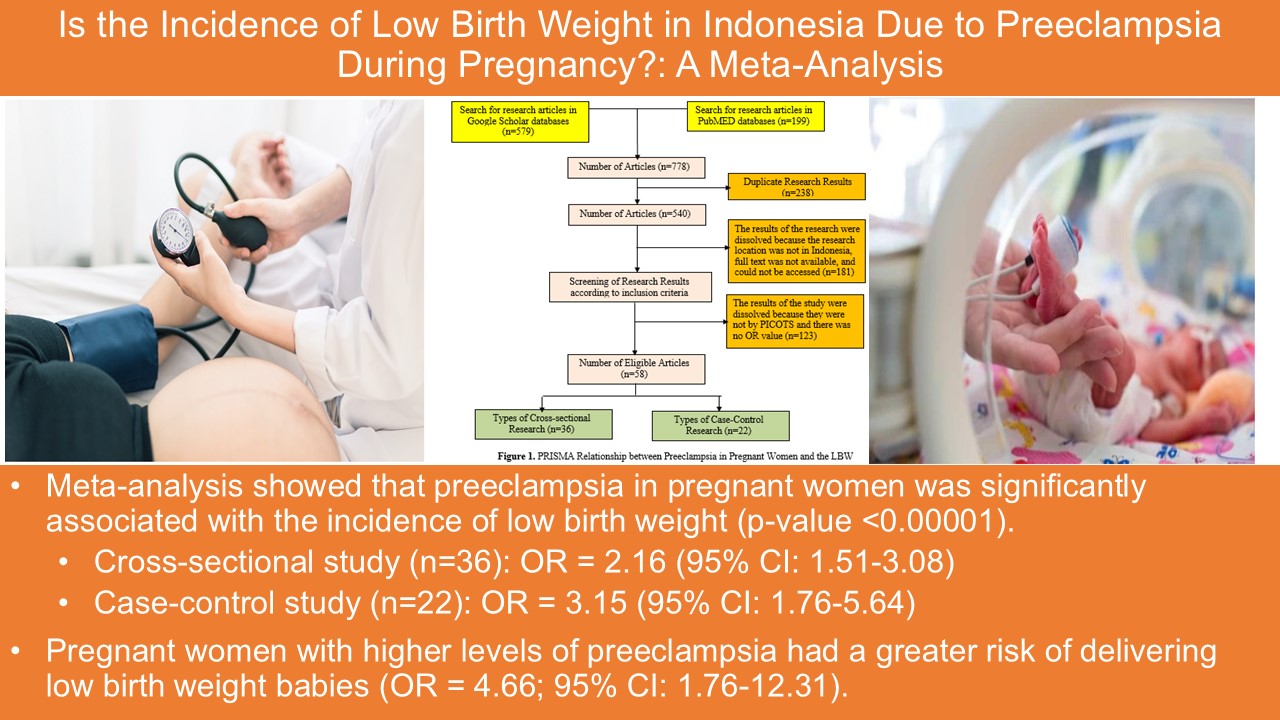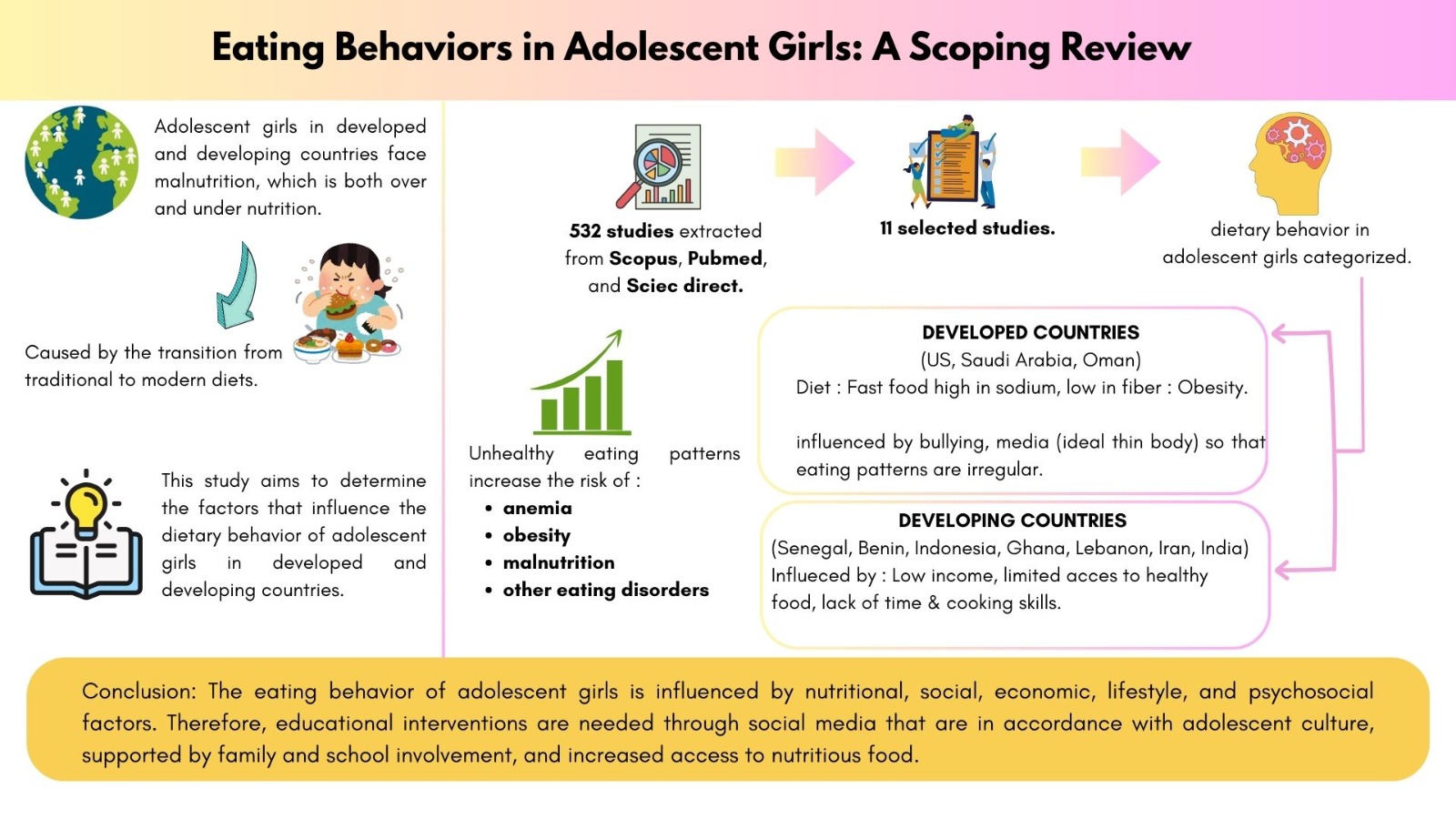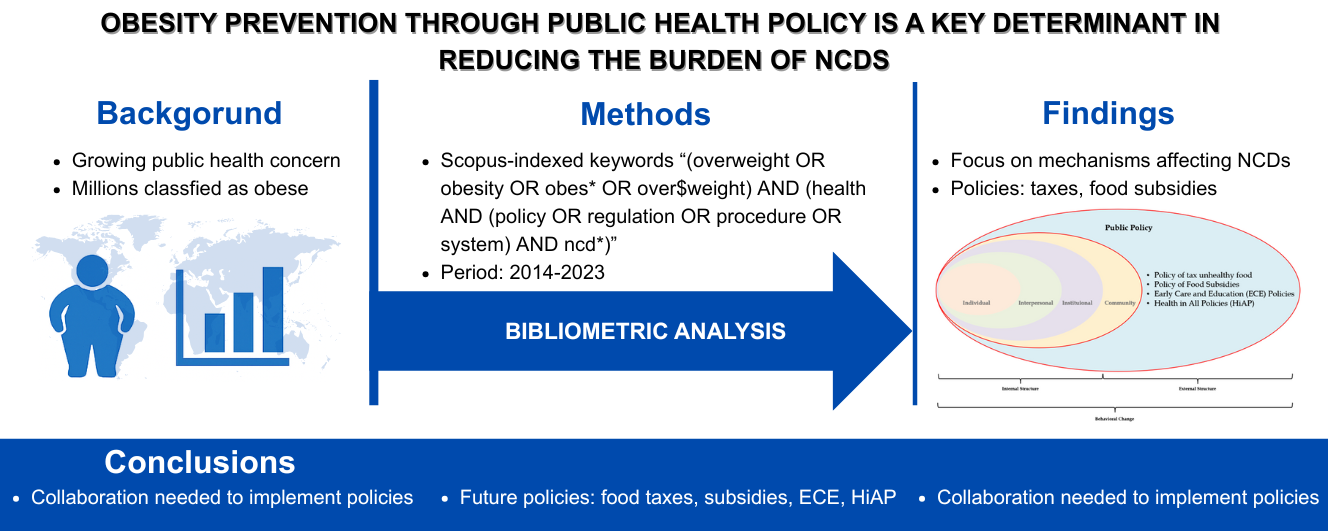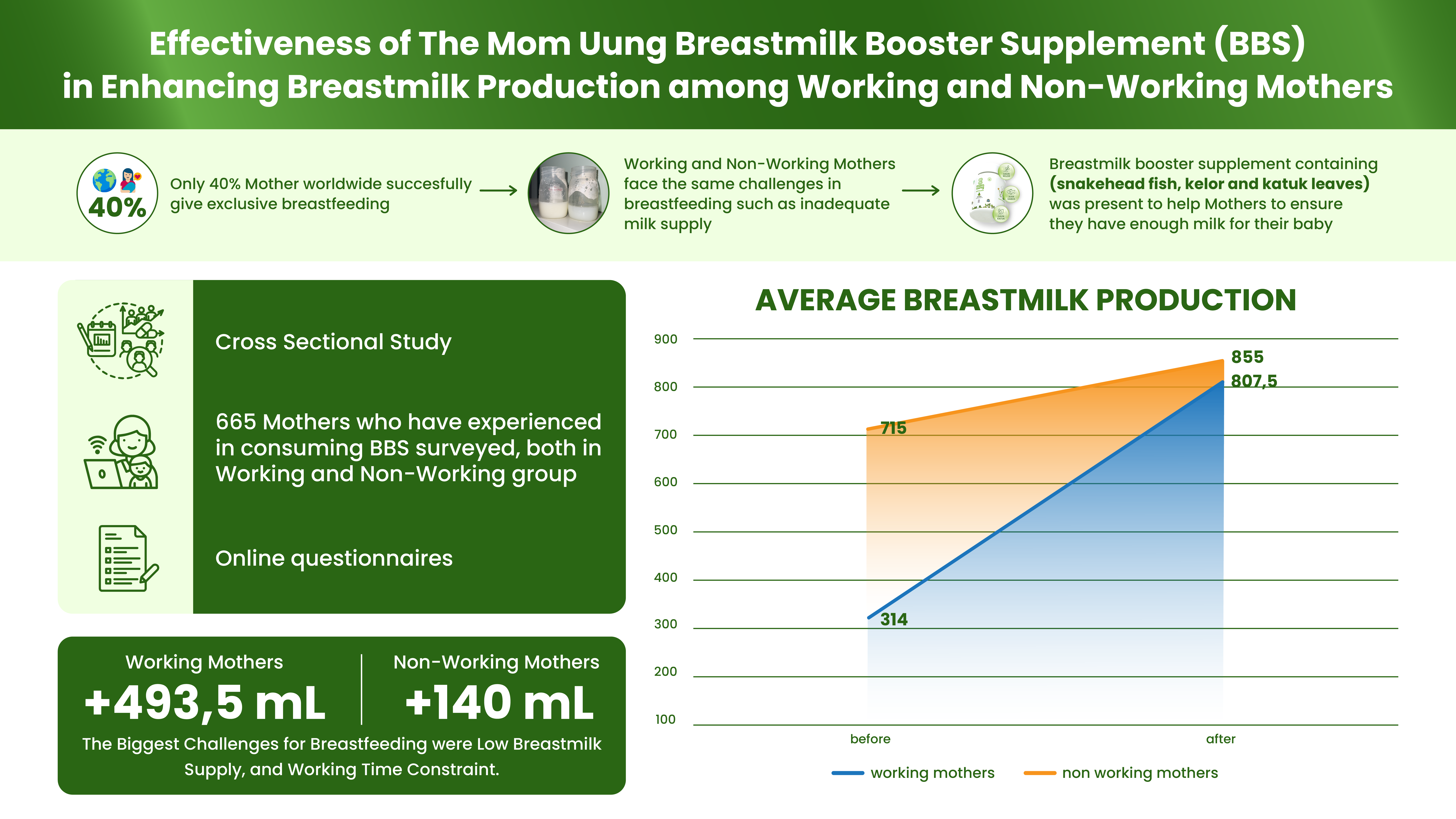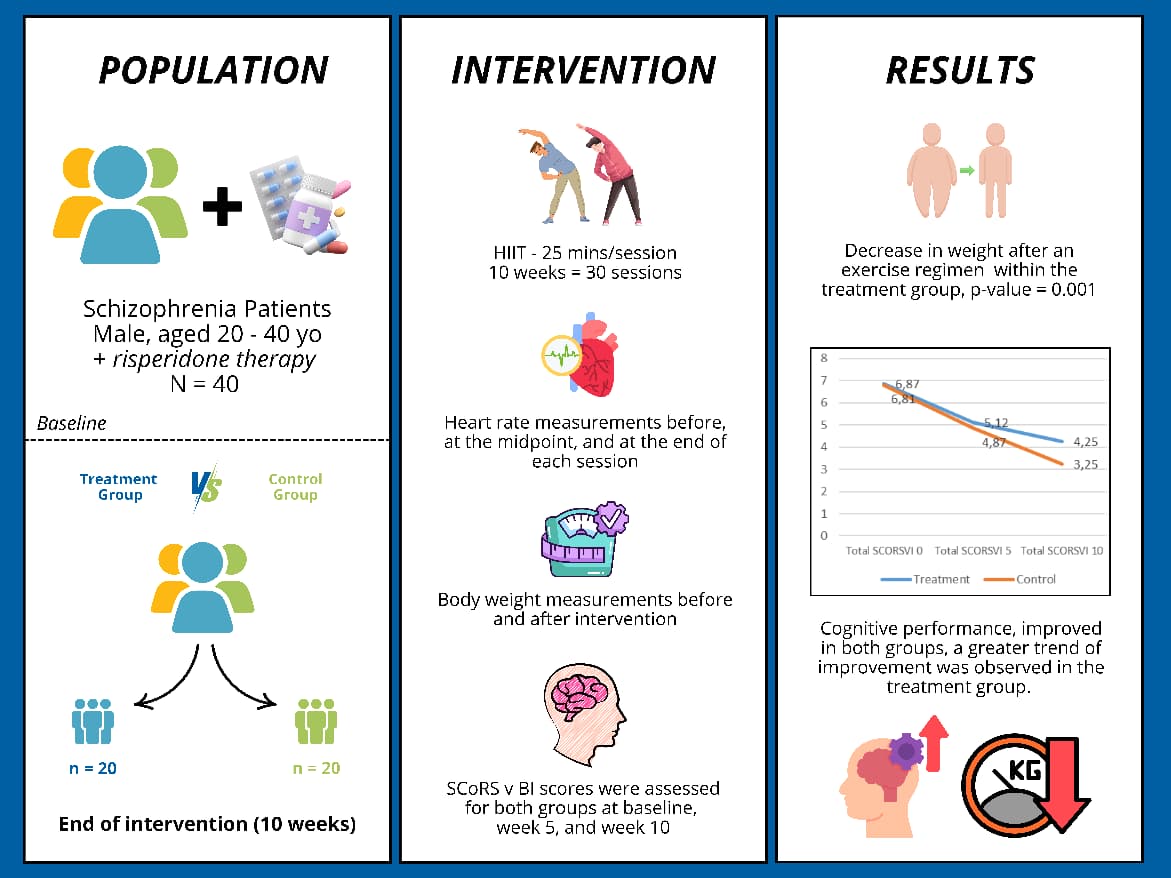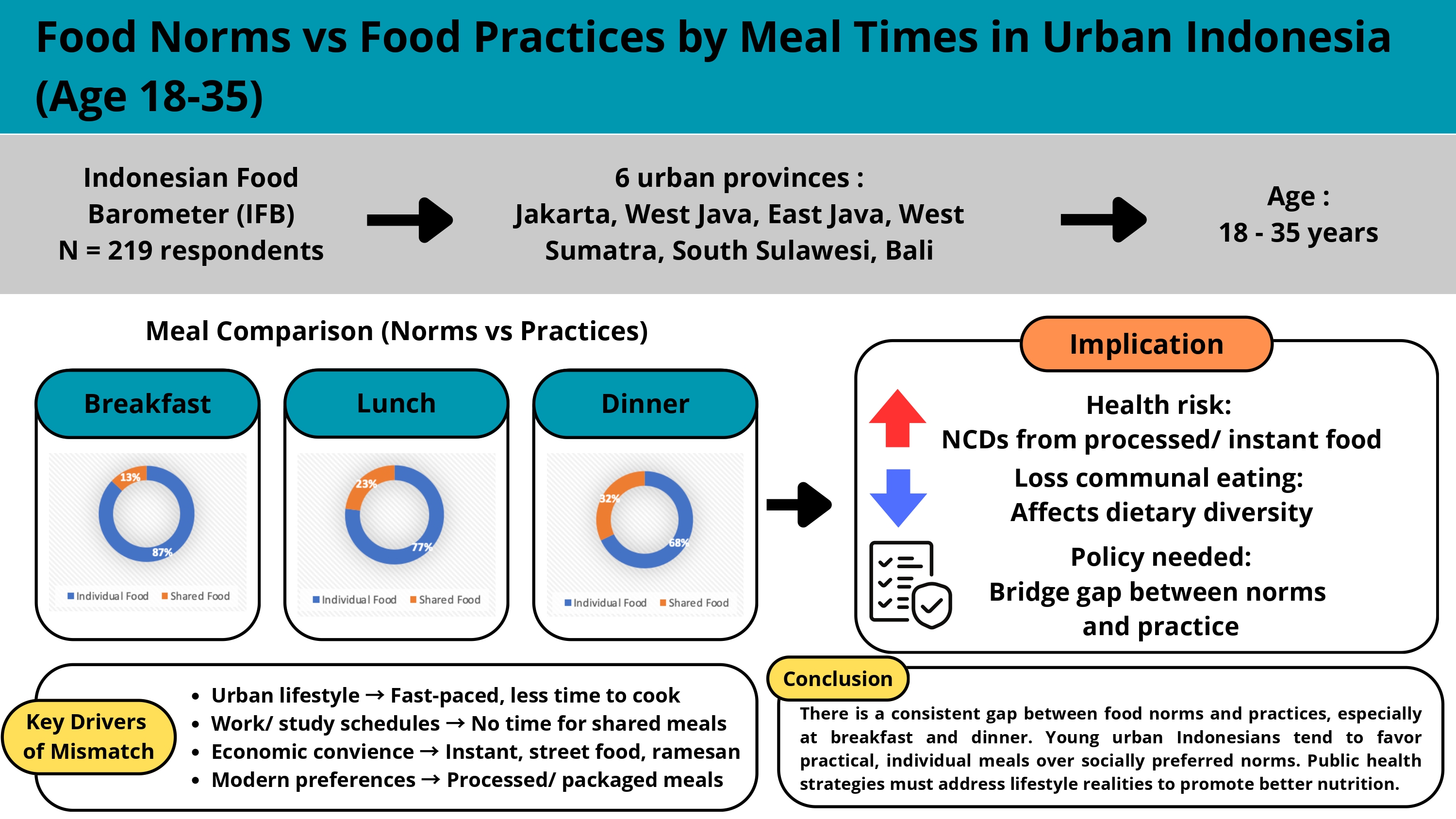THE INFLUENCE OF MATERNAL KNOWLEDGE, ATTITUDES AND PARENTING PRACTICES ON THE INCIDENCE OF STUNTING IN THE CAPITAL CITY OF CENTRAL LAMPUNG REGENCY, INDONESIA
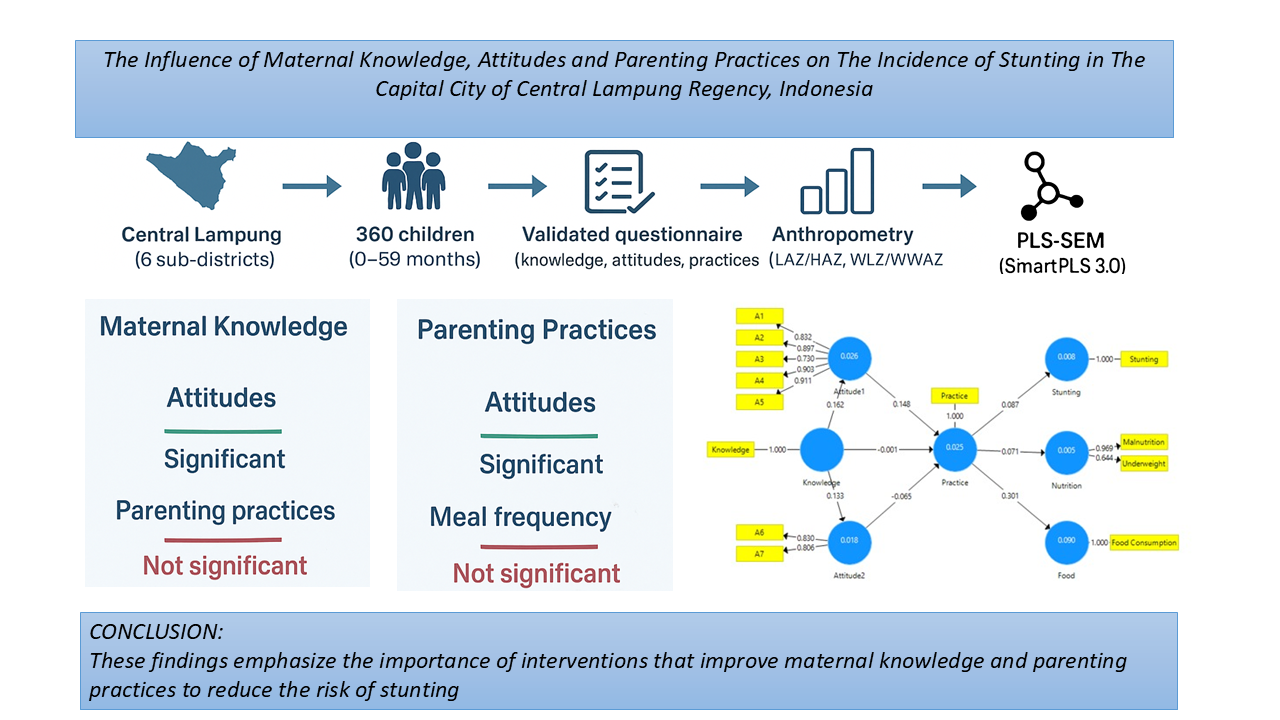
Downloads
The World Health Organization (WHO, 2021) classifies stunting as a major global health issue with a prevalence of 22% or around 149.2 million children in 2020. Factors such as maternal knowledge about nutrition, maternal attitudes towards meeting children's nutritional needs, and parenting practices are important in determining children's nutritional status and the risk of stunting, which can hurt adulthood. This study aims to examine the impact of maternal knowledge, attitudes, and childcare practices on the incidence of stunting in Central Lampung Regency. This study used a cross-sectional survey design involving 360 children aged 0–59 months selected by purposive sampling from six sub-districts. The data collected included child characteristics, nutritional status, maternal nutritional knowledge, attitudes, and practices using a validated questionnaire from previous studies. The LAZ/HAZ, WLZ/WHZ, and WAZ indicators measured children's nutritional status. Data analysis was done using the Partial Least Square Structural Equation Modelling (PLS-SEM) method with SmartPLS 3.0. The results showed maternal knowledge significantly affected attitudes (p = 0.001 for Attitude1; p = 0.026 for Attitude2) but not parenting practices (p = 0.986). Maternal parenting practices had a significant effect on children's meal frequency (p = 0.000) but not on the incidence of malnutrition (p = 0.259) and stunting (p = 0.174). These findings emphasize the importance of interventions that improve maternal knowledge and parenting practices to reduce the risk of stunting.
Abi Khalil, H., Hawi, M., & Hoteit, M. (2022). Feeding Patterns, Mother-Child Dietary Diversity and Prevalence of Malnutrition Among Under-Five Children in Lebanon: A Cross-Sectional Study Based on Retrospective Recall. Frontiers in Nutrition, 9(February). https://doi.org/10.3389/fnut.2022.815000
Aguayo, V. M., & Menon, P. (2016). Stop stunting: improving child feeding, women’s nutrition and household sanitation in South Asia. Maternal & Child Nutrition, 12(S1), 3–11. https://doi.org/10.1111/mcn.12283
Akseer, N., Tasic, H., Nnachebe Onah, M., Wigle, J., Rajakumar, R., Sanchez-Hernandez, D., Akuoku, J., Black, R. E., Horta, B. L., Nwuneli, N., Shine, R., Wazny, K., Japra, N., Shekar, M., & Hoddinott, J. (2022). Economic costs of childhood stunting to the private sector in low- and middle-income countries. EClinicalMedicine, 45, 101320. https://doi.org/10.1016/j.eclinm.2022.101320
Anida, M., Zuraida, R., & Aditya, M, . (2015). Hubungan Pengetahuan Ibu , Sikap dan Perilaku terhadap Status Gizi Balita pada Komunitas Nelayan di Kota Karang Raya Teluk Betung Timur Bandar Lampung. Majority, 4(8), 167–176. http://juke.kedokteran.unila.ac.id/index.php/majority/article/view/1493
Assefa, D. G., Woldesenbet, T. T., Molla, W., Zeleke, E. D., & Simie, T. G. (2021). Assessment of knowledge, attitude and practice of mothers/caregivers on infant and young child feeding in Assosa Woreda, Assosa Zone, Benshangul Gumuz Region, Western Ethiopia: a cross-sectional study. Archives of Public Health, 79(1), 1–10. https://doi.org/10.1186/s13690-021-00690-5
BAPPEDA. (2022). BAPPEDA Kabupaten Lampung Tengah menyelenggarakan pra rembug stunting tahun 2022. https://bappeda.lampungtengahkab.go.id/post/berita/read-bappeda-kabupaten-lampung-tengah-menyelenggarakan-pra-rembug-stunting-tahun-2022-.html
Bleszynski, S., & Angkat, A. H. (2023). Factors Associated with Breakfast Habits of Elementary School Children at UPT SDN 101878 Kanan I Buntu Bedimbar Village , Tanjung Morawa District JUK-Medifa. JUK-Medifa, 2(01), 39–47.
Caso, G., Annunziata, A., & Vecchio, R. (2024). Indulgent, Practical or Balanced? Exploring mothers’ food choices for their children in low- and middle-income households. Food Quality and Preference, 113(December 2023), 105080. https://doi.org/10.1016/j.foodqual.2023.105080
Dash, G., & Paul, J. (2021). CB-SEM vs PLS-SEM methods for research in social sciences and technology forecasting. Technological Forecasting and Social Change, 173, 121092. https://doi.org/10.1016/j.techfore.2021.121092
Dewey, K. G., & Begum, K. (2011). Long-term consequences of stunting in early life. Maternal and Child Nutrition, 7(SUPPL. 3), 5–18. https://doi.org/10.1111/j.1740-8709.2011.00349.x
Duijster, D., de Jong-Lenters, M., Verrips, E., & Loveren, C. van. (2015). Establishing oral health promoting behaviours in children - parents’ views on barriers, facilitators and professional support: A qualitative study. BMC Oral Health, 15(1), 1–13. https://doi.org/10.1186/s12903-015-0145-0
Eliani, E., Rais, R., & Fadjryani, F. (2023). Grouping Analysis of Maternal and Child Health Degree in Indonesia, Using Structural Equation Modeling Partial Least Square-Prediction Oriented Segmentation (Sem Pls-Pos). Jurnal Matematika, Statistika Dan Komputasi, 19(3), 473–483. https://doi.org/10.20956/j.v19i3.22060
Fadare, O., Amare, M., Mavrotas, G., Akerele, D., & Ogunniyi, A. (2019). Mother’s nutrition-related knowledge and child nutrition outcomes: Empirical evidence from Nigeria. PLoS ONE, 14(2), 1–17. https://doi.org/10.1371/journal.pone.0212775
Govender, I., Rangiah, S., Kaswa, R., & Nzaumvila, D. (2021). Erratum to: Malnutrition in children under the age of 5 years in a primary health care setting (S Afr Fam Pract. 2021;63(1), a5337. 10.4102/safp.v63i1.5337). South African Family Practice, 63(1), 1–6. https://doi.org/10.4102/SAFP.V63I1.5416
Hair, J. F., Risher, J. J., Sarstedt, M., & Ringle, C. M. (2019). When to use and how to report the results of PLS-SEM. European Business Review, 31(1), 2–24. https://doi.org/10.1108/EBR-11-2018-0203
Henseler, J., Ringle, C. M., & Sarstedt, M. (2015). A new criterion for assessing discriminant validity in variance-based structural equation modeling. Journal of the Academy of Marketing Science, 43(1), 115–135. https://doi.org/10.1007/s11747-014-0403-8
Kabir, A., & Maitrot, M. R. L. (2017). Factors influencing feeding practices of extreme poor infants and young children in families of working mothers in Dhaka slums: A qualitative study. PLoS ONE, 12(2), 1–15. https://doi.org/10.1371/journal.pone.0172119
Kemenkes RI. (2018). Standar Antropometri Anak Indonesia.
Kemenkes RI. (2020). Peraturan Menteri Kesehatan No. 2 Tahun 2020 tentang Standar Antropometri Anak.
Khomsan, A. (2000). Pengukuran tingkat pengetahuan gizi. IPB: Fakultas Pertanian.
Liu, X., Zhou, Q., Clarke, K., Younger, K. M., An, M., Li, Z., Tan, Y., & Kearney, J. M. (2021). Maternal feeding practices and toddlers’ fruit and vegetable consumption: results from the DIT-Coombe Hospital birth cohort in Ireland. Nutrition Journal, 20(1), 1–12. https://doi.org/10.1186/s12937-021-00743-z
Lopez, N. V., Schembre, S., Belcher, B. R., O’Connor, S., Maher, J. P., Arbel, R., Margolin, G., & Dunton, G. F. (2018). Parenting styles, food-related parenting practices, and children’s healthy eating: A mediation analysis to examine relationships between parenting and child diet. Appetite, 128, 205–213. https://doi.org/10.1016/j.appet.2018.06.021
Mohamed Ahmed Ayed, M., Kamel Yousef Ali, F., & Sayed Masoed Sayed, E. (2021). Effect of Mothers’ Nutritional Knowledge, Attitude, and Practices in Childcare on the Growth of Children. Egyptian Journal of Health Care, 12(2), 371–382. https://doi.org/10.21608/ejhc.2021.161003
Momoh, F. E., Olufela, O. E., Adejimi, A. A., Roberts, A. A., Oluwole, E. O., Ayankogbe, O. O., & Onajole, A. T. (2022). Mothers’ knowledge, attitude and home management of diarrhoea among children under five years old in Lagos, Nigeria. African Journal of Primary Health Care and Family Medicine, 14(1), 1–10. https://doi.org/10.4102/phcfm.v14i1.3119
Nenogasu, Y. D., & Juwa, M. M. M. (2024). Study Of The History Of Maternal Nutritional Status And Newborn Health On Toddler Nutrition Problems. JKM (Jurnal Kebidanan Malahayati), 10(1), 80–88. https://doi.org/10.33024/jkm.v10i1.12439
Pedroso, J., Toral, N., & Gubert, M. B. (2019). Maternal attitudes, beliefs and practices related to the feeding and nutritional status of schoolchildren. Revista de Nutricao, 32, 1–14. https://doi.org/10.1590/1678-9865201932E180184
Prasetyo, Y. B., Permatasari, P., & Susanti, H. D. (2023). The effect of mothers’ nutritional education and knowledge on children’s nutritional status: a systematic review. International Journal of Child Care and Education Policy, 17(1). https://doi.org/10.1186/s40723-023-00114-7
Purwanto, A., & Sudargini, Y. (2021). Partial Least Squares Structural Squation Modeling (PLS-SEM) Analysis for Social and Management Research : A Literature Review. Journal of Industrial Engineering & Management Research, 2(4), 114–123.
Raiten, D. J., & Bremer, A. A. (2020). Exploring the Nutritional Ecology of Stunting: New Approaches to an Old Problem. Nutrients, 12(2), 371. https://doi.org/10.3390/nu12020371
Rohmawati, W., Woro Kasmini, O., Hary Cahyati, W., & Karya Husada Semarang, S. (2019). The Effect of Knowledge and Parenting on Stunting of Toddlers in Muna Barat, South East Sulawesi. Public Health Perspectives Journal, 4(3), 224–231. http://journal.unnes.ac.id/sju/index.php/phpj
Sah, R. K., Panda, P., Agrawal, S., Tripathy, S., Negi, S., & Mehta, V. (2024). Prevalence and factors contributing to stunted growth in young children of Khordha district, Odisha: A cross-sectional study. Journal of Family Medicine and Primary Care, 13(7), 2746–2752. https://doi.org/10.4103/jfmpc.jfmpc_1969_23
Saleh, A., Syahrul, S., Hadju, V., Andriani, I., & Restika, I. (2021). Role of Maternal in Preventing Stunting: a Systematic Review. Gaceta Sanitaria, 35, S576–S582. https://doi.org/10.1016/j.gaceta.2021.10.087
Santosa, A., Kep, S., Kep, M., Arif, E. N., Kep, S., Ghoni, D. A., & Kep, S. (2022). Effect of maternal and child factors on stunting: partial least squares structural equation modeling. Clinical and experimental pediatrics, 65(2), 90. Clin Exp Pediatr, 65(2), 90–97.
Sarstedt, M., Ringle, C. M., & Hair, J. F. (2021). Partial Least Squares Structural Equation Modeling. In Handbook of Market Research (pp. 1–47). Springer International Publishing. https://doi.org/10.1007/978-3-319-05542-8_15-2
Shahid, M., Cao, Y., Ahmed, F., Raza, S., Guo, J., Malik, N. I., Rauf, U., Qureshi, M. G., Saheed, R., & Maryam, R. (2022). Does Mothers’ Awareness of Health and Nutrition Matter? A Case Study of Child Malnutrition in Marginalized Rural Community of Punjab, Pakistan. Frontiers in Public Health, 10. https://doi.org/10.3389/fpubh.2022.792164
Soliman, N., Soliman, A., Alyafei, F., Elsiddig, S., Alaaraj, N., Hamed, N., Mohamed, S., & Itani, M. (2024). Persistent Global Burden of Stunting Among Children. European Journal of Medical and Health Sciences, 6(2), 15–20. https://doi.org/10.24018/ejmed.2024.6.2.2080
Suharto, A. (2022). Mother’s Behavior on Knowledge and Attitudes Toward Child Nutritional Status in Magetan Regency, East Java, Indonesia. Open Access Macedonian Journal of Medical Sciences, 10(E), 555–559. https://doi.org/10.3889/oamjms.2022.8369
Sundas, A., Contreras, I., Mujahid, O., Beneyto, A., & Vehi, J. (2024). The Effects of Environmental Factors on General Human Health: A Scoping Review. Healthcare, 12(21), 2123. https://doi.org/10.3390/healthcare12212123
Tang, M. N., Adolphe, S., Rogers, S. R., & Frank, D. A. (2021). Failure to Thrive or Growth Faltering: Medical, Developmental/Behavioral, Nutritional, and Social Dimensions. Pediatrics In Review, 42(11), 590–603. https://doi.org/10.1542/pir.2020-001883
Tengilimoglu-Metin, M. M., & Kabasakal-Cetin, A. (2024). Effect of maternal eating behaviors and attitudes towards the feeding process on feeding problems of pre-school age children. Clinical Nutrition ESPEN, 61, 224–229. https://doi.org/10.1016/j.clnesp.2024.03.033
Victora, C. G., Adair, L., Fall, C., Hallal, P. C., Martorell, R., Richter, L., & Sachdev, H. S. (2008). Maternal and child undernutrition: consequences for adult health and human capital. The Lancet, 371(9609), 340–357. https://doi.org/10.1016/S0140-6736(07)61692-4
Vilar-Compte, M., Burrola-Méndez, S., Lozano-Marrufo, A., Ferré-Eguiluz, I., Flores, D., Gaitán-Rossi, P., Teruel, G., & Pérez-Escamilla, R. (2021). Urban poverty and nutrition challenges associated with accessibility to a healthy diet: a global systematic literature review. International Journal for Equity in Health, 20(1). https://doi.org/10.1186/s12939-020-01330-0
WHO. (2021). Levels and trends in child malnutrition: Key findings of the 2021 edition of the joint child malnutrition estimates. https://www.who.int/publications/i/item/9789240025257
Widyahening, I. S., Aufa, M. A., Alhas, M. F., Widodo, A. B., & Friska, D. (2021). Knowledge, Attitude, and Practice of Mothers on the First 1000 Days of Life. EJournal Kedokteran Indonesia, 9(2), 130. https://doi.org/10.23886/ejki.9.65.130
Wong-Ken, K.-K. (2013). Partial Least Squares Structural Equation Modeling (PLS-SEM) Techniques Using SmartPLS. Marketing Bulletin, 24(1), 1–32. https://d1wqtxts1xzle7.cloudfront.net/39627062/2013_journal_10_PLS_MB-libre.pdf?1446527592=&response-content-disposition=inline%3B+filename%3DPartial_Least_Squares_Structural_Equatio.pdf&Expires=1702011101&Signature=J7LCkmCyQWVT70I~-n01JnGhxu2Pn1AZIuQyulM

This work is licensed under a Creative Commons Attribution-NonCommercial-ShareAlike 4.0 International License.
- MEDIA GIZI INDONESIA Journal is the copyright owner of all materials published on this website.
- The formal legal provisions for access to digital articles of this electronic journal are subject to the terms of the Creative Commons Attribution-NonCommercial-ShareAlike license (CC BY-NC-SA 4.0), which means that MEDIA GIZI INDONESIA Journal and readers reserve the right to save, transmit media / format, manage in database, maintain, and publish articles as long as it continues to include the name of the Author.
- Printed and published print and electronic manuscripts are open access for educational, research and library purposes. In addition to these objectives, the editorial board shall not be liable for violations of copyright law.


2.png)















